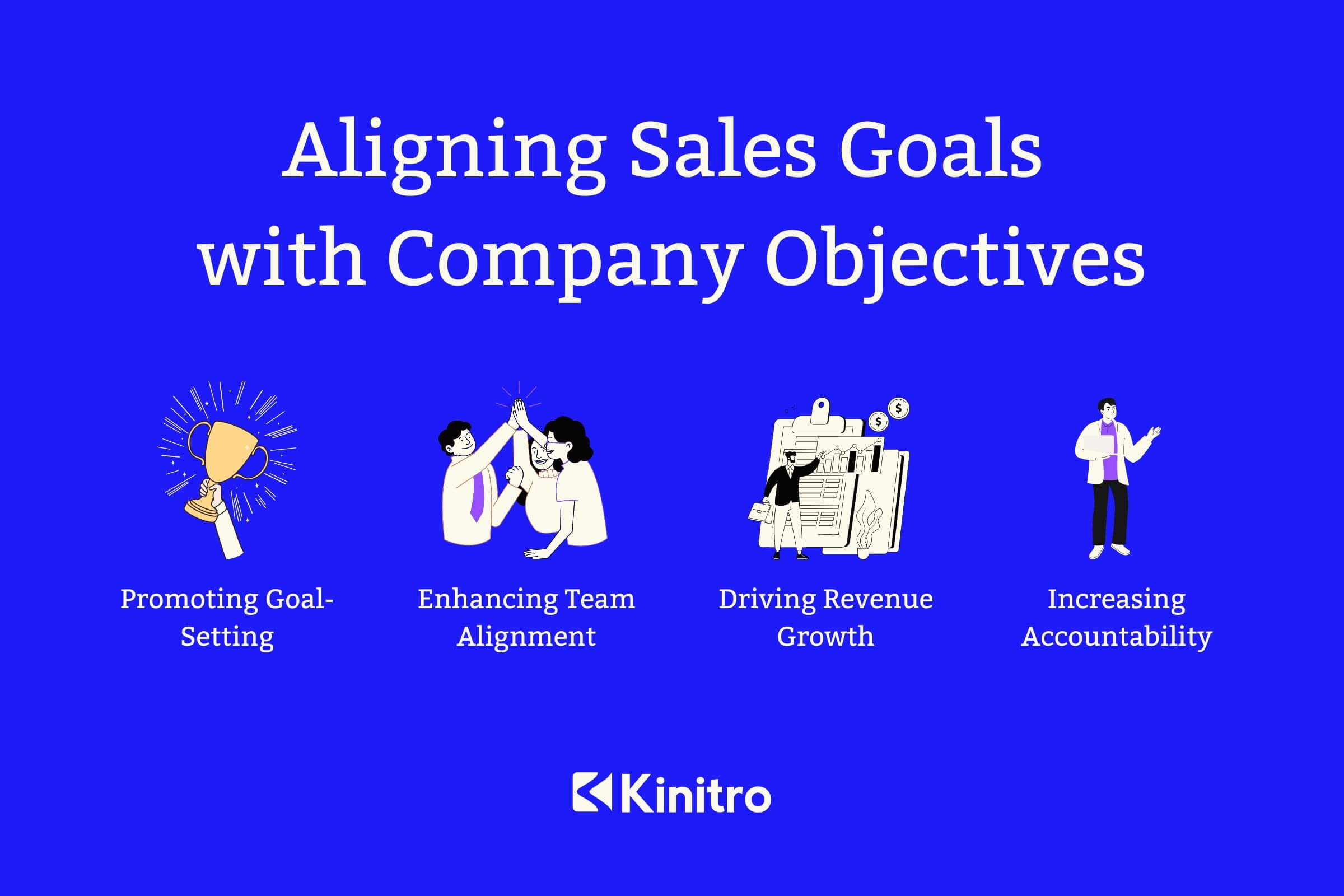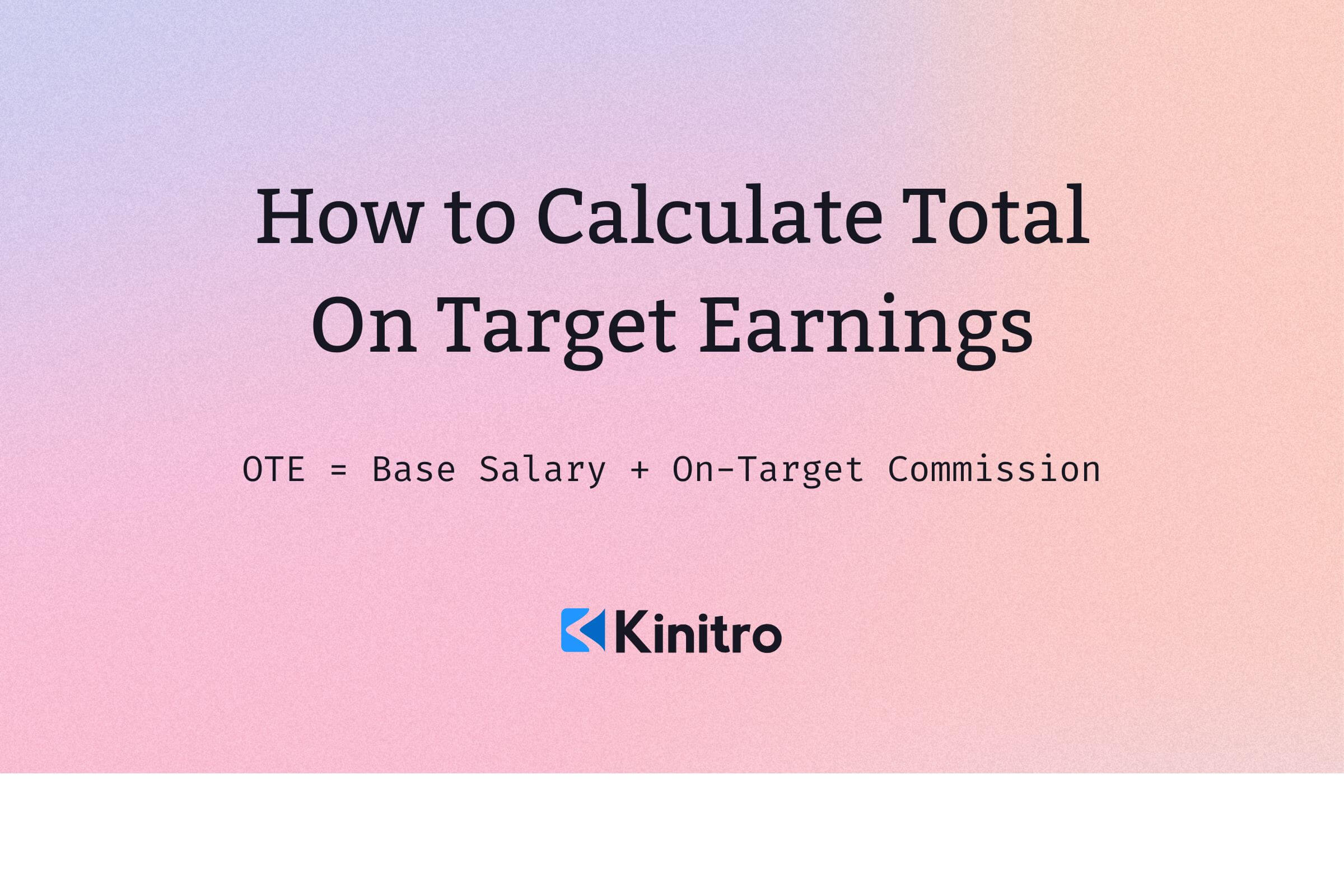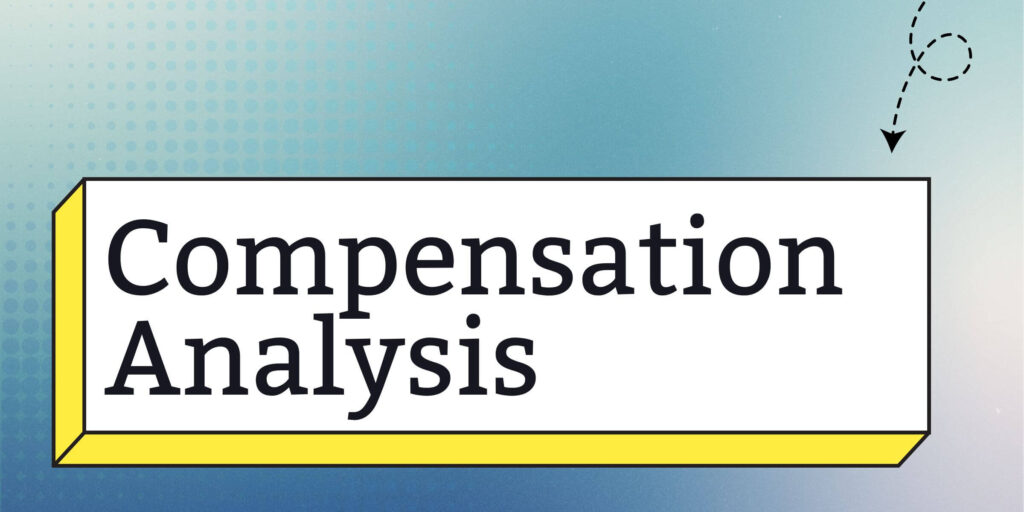Are you a sales professional seeking to maximize your income and understand the true potential of your earnings? On-target earnings (OTE) can be the key to unlocking your full earning potential in sales. By comprehending OTE meaning in sales, you’ll be able to set realistic expectations and ensure that you’re fairly compensated for your hard work and dedication.
In this blog post, we’ll dive deep into OTE meaning, including its definition, importance, advantages, and how it’s calculated. We’ll also explore the concept of pay mix and how it impacts OTE, as well as offer tips for negotiating and evaluating OTE offers. Equip yourself with this knowledge, and you’ll be well on your way to maximizing your earnings in the competitive world of sales.
Key Takeaways
On-target earnings (OTE) is an important part of a salesperson’s compensation package, combining base salary and performance-based commissions.
OTE provides clear expectations, attractive commission rates and a balance between compensation and performance for increased employee engagement.
Research industry averages, inquire about team performance & understand ramp time to make informed decisions when evaluating OTE offers.
Defining OTE in Sales
On-target earnings (OTE) is the total amount of income a company anticipates its sales personnel will earn if they meet their sales objectives. OTE is a significant part of a salesperson’s compensation package, encompassing both base salary and performance-based commissions. Understanding OTE allows each employee to gain a realistic understanding of their expected earning potential.
To calculate OTE, one must consider the total of annual base salary and annual commission. These two components are calculated at 100% quota attainment, when the total annual sales quota is met. Being transparent about the expected earnings is important, ensuring sellers are aware of what they are getting into.
The Importance of OTE
OTE plays a key role in motivating sales representatives by providing a clear goal to strive for and performance-based incentives such as commissions or bonuses. It represents the expected total pay for sales reps if they achieve their goals, ensuring fairness and transparency in compensation.
An effective compensation strategy, OTE provides a direct incentive for salespeople to work hard and drive results, ultimately benefitting both the individual and the company. Understanding the OTE for a sales position enables each employee to set realistic earning expectations and be motivated to achieve their targets.
OTE vs. Guaranteed Salary
Unlike a guaranteed salary, which is a fixed income that an employer commits to pay regardless of performance, OTE estimates potential earnings based on performance. Offering OTE instead of a guaranteed salary can provide employers with several potential benefits, such as incentivizing employees to perform at their highest level and aligning compensation with performance.
In essence, OTE is not a fixed income but rather an estimation of potential earnings based on the achievement of sales targets. This performance-based incentive structure encourages sales reps to strive for excellence in order to maximize their earnings, which ultimately benefits both the individual and the company.
Advantages of OTE Sales Model
OTE sales models, also known as sales OTE, bring several benefits, including clear employee expectations and a balance between compensation and performance. Additionally, OTE models enable sales reps to be incentivized by offering attractive commission rates for achieving targets.
Aligning individual sales goals with overall company objectives, OTE sales models ensure that sales reps’ goals contribute to the company’s growth and revenue targets. This not only enhances employee engagement and motivation but also offers a competitive advantage in terms of talent acquisition and retention.
Incentivizing High Performance
OTE encourages sales reps to perform at their best by providing performance-based incentives, such as commissions. Attractive commission rates under the OTE model motivate sales reps to be more proactive, persistent, and goal-oriented in their sales activities.
Offering appealing commission rates for meeting goals, OTE creates a powerful incentive for reps to strive for excellence in order to maximize their earnings. This, in turn, leads to increased employee engagement, morale, and overall sales performance.
Aligning Sales Goals with Company Objectives
OTE models help ensure that sales reps’ goals are in line with the company’s growth and revenue targets. Providing tangible rewards for reaching sales targets, OTE incentivizes sales reps to set ambitious goals and strive to attain them, thus contributing to the company’s objectives.
Aligning sales goals with company objectives using OTE can provide several advantages to the organization, such as:
Promoting goal-setting
Enhancing team alignment
Driving revenue growth
Improving performance measurement
Increasing accountability
This alignment generates a sense of ownership and accountability, encouraging sales employees to strive towards achieving those goals.

Calculating OTE: A Step-by-Step Guide
There are several steps involved in calculating OTE, including establishing a base salary, setting sales quotas, determining commission rates, and adding them together to find the total OTE.
Understanding how OTE is calculated, sales professionals can gain insights into their earning potential, set realistic expectations, and make better decisions when evaluating and negotiating compensation packages.
Establish Base Salary
Determining a fair employee’s base salary involves considering several factors, including:
The employee’s position
Quota attainment
Commission structure
Employee engagement and motivation
Ramp-up time
It is important to research industry averages and take the sales rep’s experience into account when determining a base salary.
A fair base salary provides sales reps with financial stability while also recognizing their expertise and abilities. This ensures that sales professionals are fairly compensated and motivated to achieve their targets.
Set Sales Quotas
It’s important to set challenging yet achievable sales quotas for maintaining a motivated and high-performing sales team. Sales quotas are typically set based on specific sales objectives that salespeople or sales teams must meet within a given time frame, such as a fiscal year.
To determine effective sales quotas for OTE calculation, it’s important to consider factors such as sales rep capabilities, market conditions, and company goals. This ensures that sales reps are motivated to achieve their targets, ultimately leading to increased sales performance and overall company growth.
Determine Commission Rates
Establishing commission rates is a key step in calculating OTE. These rates should align with the company’s goals and sales targets. Commission rates can be calculated as a percentage of sales or as lump payments, depending on the industry and company.
It’s important to take factors such as industry standards, sales goals, and employee motivation into account when deciding on commission rates. This ensures that sales reps are incentivized to achieve their targets and contribute to the company’s overall success.
Calculate Total OTE
Once the base salary, sales quotas, and commission rates have been determined, the total OTE can be calculated. The formula for calculating total OTE is: OTE = Base Salary + On-Target Commission.
This calculation provides a clear picture of a sales rep’s potential earnings based on their performance, including average rep earnings. Understanding this figure is crucial for setting realistic expectations and making informed decisions about compensation packages.

Pay Mix and Its Impact on OTE
The ratio of base salary to commission, known as pay mix, plays a significant role in determining OTE and should be balanced for optimal results. A well-balanced pay mix can help attract and retain top sales talent while keeping them motivated to achieve their goals.
Carefully considering the factors that influence pay mix and balancing it accordingly, companies can ensure that their sales reps are fairly compensated and motivated to achieve their sales targets.
Factors Influencing Pay Mix
Several factors can influence pay mix, such as sales role, sales cycle length, and product complexity. For example, salespeople with expertise and experience in selling complex products and services may anticipate a higher base salary.
Understanding the factors that influence pay mix can help companies create a compensation package that is both competitive and motivating, ensuring that their sales reps are incentivized to achieve their targets.
Balancing Pay Mix for Optimal Results
A well-balanced pay mix can help attract and retain top sales talent while keeping them motivated to achieve their goals. To achieve the best results, companies should take into account factors such as:
Job influence
Corporate dynamics and culture
Market rivals
Environmental modifications
Performance objectives
when establishing a balanced pay mix.
By strategically balancing pay mix, companies can ensure that their sales reps are fairly compensated and motivated to achieve their sales targets, leading to increased sales performance and overall company growth.
OTE Examples and Real-World Scenarios
OTE examples and real-world scenarios provide insights into how OTE is calculated and applied in various sales roles and industries. For instance, an Enterprise Account Executive in the tech industry may have an average OTE of approximately $350,000, while a pharmaceutical sales representative might have a different OTE structure based on the industry and product being sold.
Understanding how OTE is calculated and applied in different industries can help sales professionals better evaluate compensation packages and make informed decisions about their earning potential.
Tips for Negotiating and Evaluating OTE Offers
Being well-prepared and informed is important when negotiating and evaluating OTE offers. Researching industry averages, inquiring about sales team performance, and understanding the difference between ramp time and fully-ramped OTE, sales professionals can ensure they’re receiving a competitive offer and set realistic expectations for their earning potential.
Armed with this knowledge of the sales process, professionals can confidently navigate the negotiation process and make the best decisions for their career and financial goals.
Research Industry Averages
It’s important to research industry averages for base salary, commission rates, and OTE to ensure you’re receiving a competitive offer. This research can help you establish a conservative estimate of your earning potential and provide a benchmark for evaluating and negotiating compensation packages.
By understanding industry averages, you can make informed decisions about your earning potential, setting yourself up for success in your sales career.
Inquire About Sales Team Performance
Inquiring about the current sales team’s performance is a key step in evaluating OTE offers. This information can help you gauge the likelihood of achieving your OTE and provide insights into the company’s sales culture and expectations.
Understanding the sales team’s performance not only helps you evaluate your earning potential but also ensures that you’re joining a company with a strong sales culture and track record of success.
Understand Ramp Time and Fully-Ramped OTE
It’s important to understand the difference between ramp time and fully-ramped OTE when evaluating OTE offers. Ramp time refers to the period when a sales rep is still learning and building their pipeline, while fully-ramped OTE is the expectation of full productivity from the sales rep.
By comprehending the distinction between ramp time and fully-ramped OTE, sales professionals can set realistic expectations for their earning potential and ensure they’re making informed decisions when evaluating compensation packages.
Summary
In conclusion, understanding OTE is vital for maximizing a sales professional’s income and setting realistic expectations. By defining OTE, calculating it accurately, and balancing pay mix, companies can ensure their sales reps are fairly compensated and motivated to achieve their targets. Sales professionals can use this knowledge to evaluate and negotiate OTE offers, ultimately leading to a more successful and fulfilling sales career.
Now that you’re equipped with the knowledge of OTE and its impact on your income, you can confidently navigate the world of sales compensation and make informed decisions for your career and financial future.
Frequently Asked Questions
What does 25k OTE mean?
25k OTE stands for an On-Target Earnings of $25,000 per year if the quota is reached.
What is an OTE of $100,000?
An OTE of $100,000 is a base salary plus commission on sales, where the employee earns a certain percentage of each sale they make. For example, an OTE of $100,000 may involve a base salary of $50,000 and a further $50,000 from commissions.
How is OTE salary calculated?
OTE salary is calculated by adding the base salary to any commissions earned if the employee meets their quota. It represents a total annual salary which can also include an annual bonus or commission.
What is considered on-target earnings?
On-target earnings (OTE) is the maximum annual salary that an employee can earn when sales and commission are part of their compensation, but they may not earn the full amount if they don’t meet their sales quota.
What factors influence pay mix in OTE sales?
Pay mix in OTE sales can be influenced by various factors including sales role, sales cycle length, and product complexity.







